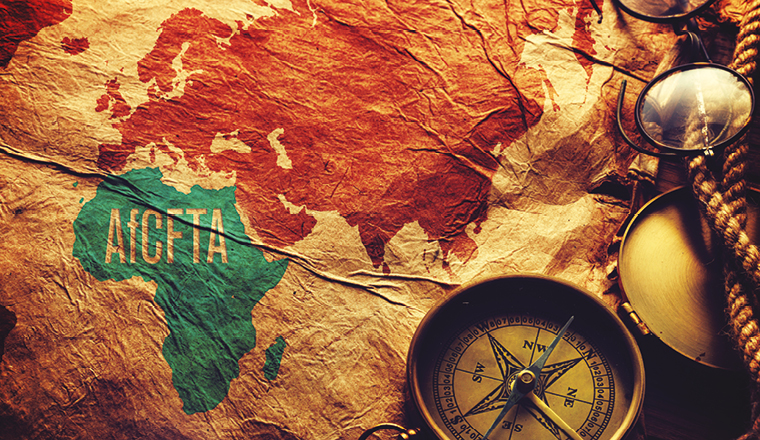Published: October 15, 2019
Commentators are calling the AfCFTA a game changer. But how will it work, and how can governments ensure its potential benefits come to pass?
July 7, 2019 will go down as a seminal day in Africa’s history. This was the day the African Continental Free Trade Area (AfCFTA) was formally launched, after coming into effect on May 30. It also marked the day Nigeria signed the treaty, becoming the fifty-fourth of fifty-five African countries to do so. At the time of writing, only Eritrea is absent from the agreement.
The AfCFTA agreement, which aims to boost intra-African trade, has been a long time in the making. Negotiations have been underway since 2015, with the desire for economic integration stretching back much further.
In a continent that has historically lacked much intra-regional commerce, its implications are huge. AfCFTA creates the largest free trade area in the world, covering a market of 1.2 billion people and a combined GDP of US$2.5 trillion.
Customs tariffs will be reduced on 90% of product lines, and the market for services will be liberalised. What’s more, the GDP of most African countries could increase by 1-3%.


